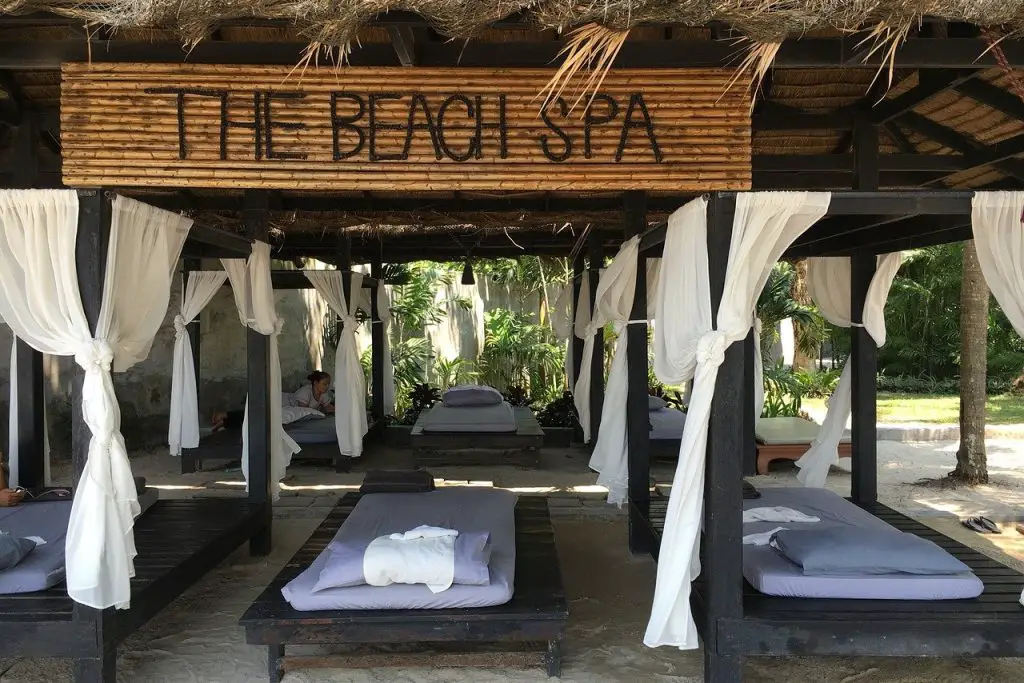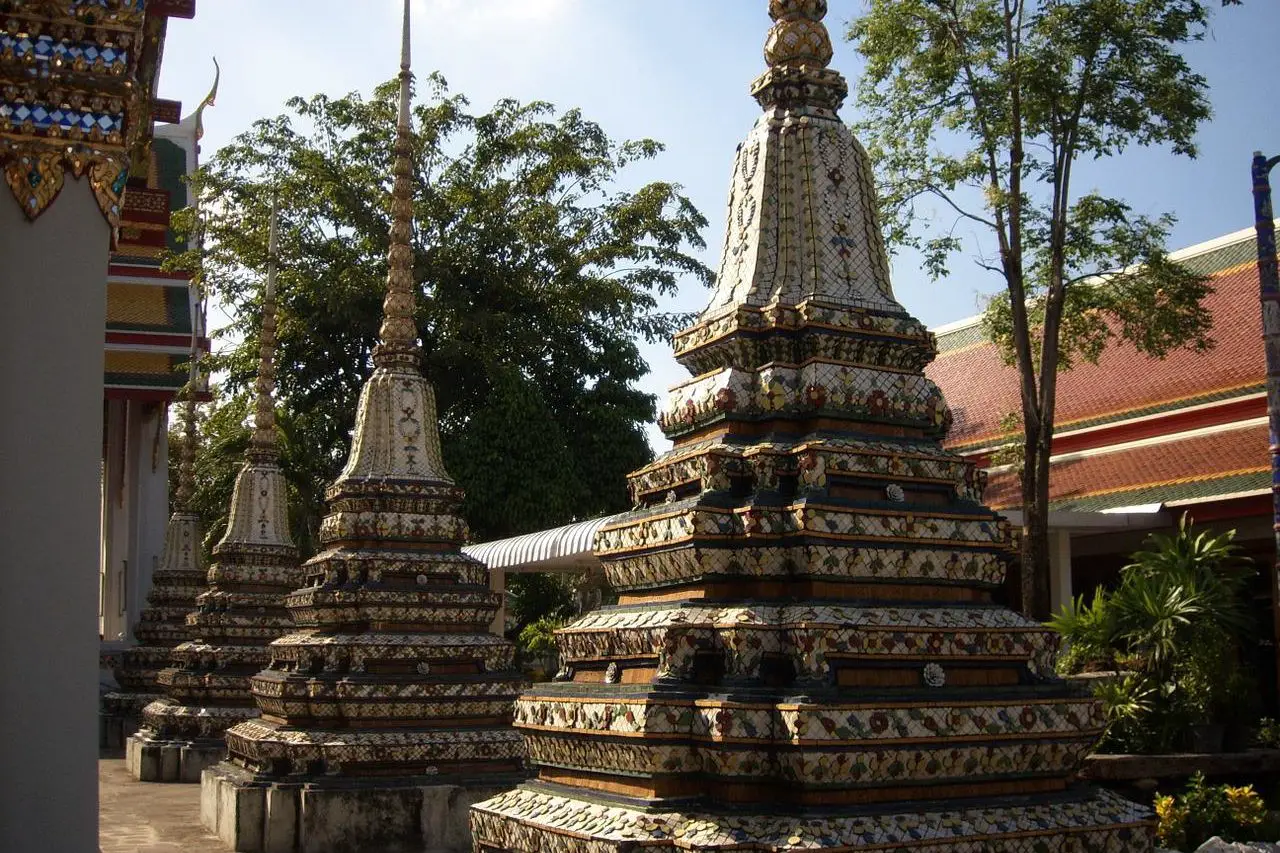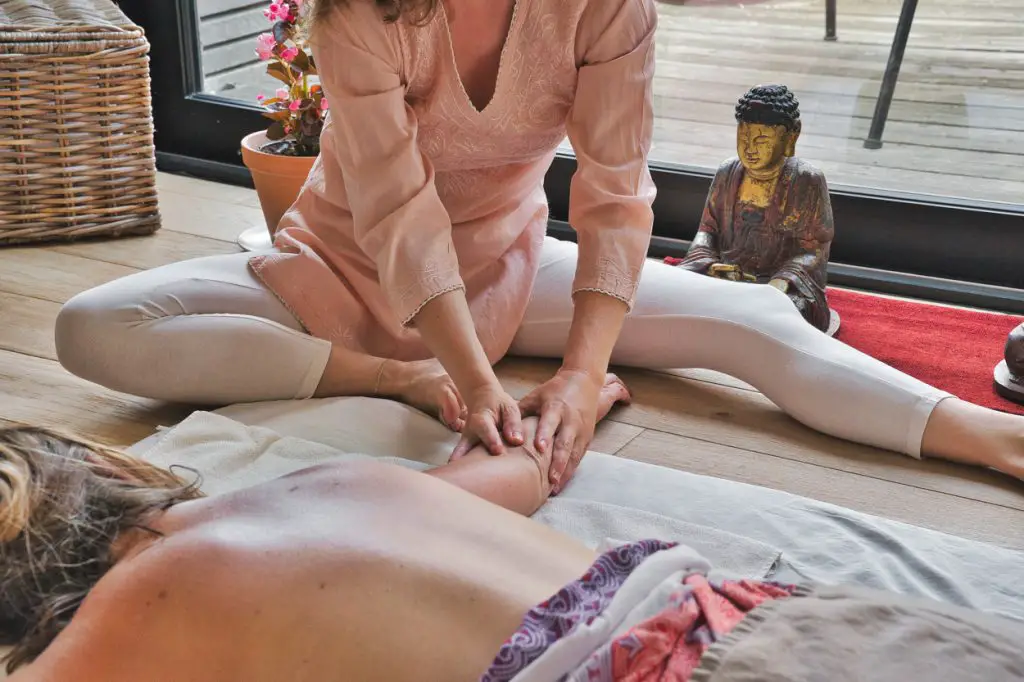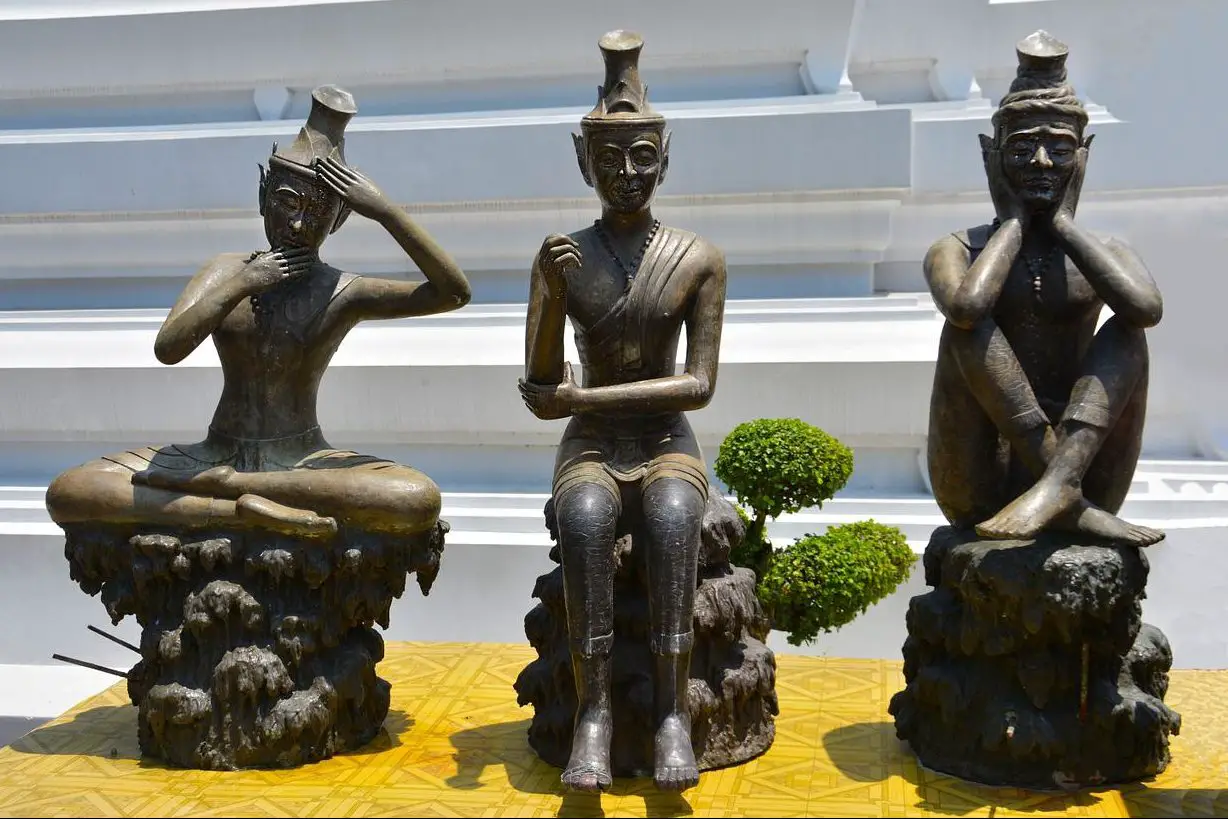The ancient art of Thai Massage is as integral to the culture of Thailand as it has ever been. Spanning thousands of years, the history of Thai Massage is deeply rooted in spirituality and traditional medicine.
If you’re looking to learn more about this ancient natural therapy, you’re in the right place. This article will dive into the origins of traditional Thai Massage, from who founded it and when, as well as outline the many various health benefits of this practice.
Read more: (opens in new tab)
The History and Origins of Traditional Thai Massage
Thai Massage: A Quick Overview
Put simply, Thai Massage is an ancient natural therapy that has been practised over millennia. It combines traditional massage techniques with yoga stretches – only the massage therapist does all the work! It is one of the world’s most popular massage techniques and offers numerous health benefits.
Thai massage translates to Nuad bo rarn. In Thai, this literally means ‘ancient massage’, also referred to as the ‘ancient healing way’.
Unlike other kinds of massage, Thai massages are traditionally dry, meaning that no lotions or oils are used. Instead, the Thai massage therapist will apply pressure to different areas of the body, using a combination of stretching and compression techniques. During the practice, you lie down on a mat on the floor and the therapist will then instruct you to move into different positions as the massage progresses.

The most interesting thing about Thai massage is that the masseuse will use different parts of their body to carry out the physical therapy. Body parts that may be used during a traditional Thai massage include hands, forearms, feet and elbows.
Compared to other kinds of massage, traditional Thai massage may feel quite rough. The therapist will move the client into various yoga postures and stretch out their muscles. It is not uncommon to have your fingers and toes pulled until they crack so don’t be alarmed if this happens to you!
Thai Massage History
The origins of Thai Massage are believed to date back around 2,500 years. Legend has it that this ancient art was created by Jivaka Komarabhacca (also known as Shivago Kompara). Hugely influential, Komarabhacca is often credited as being the founder of traditional Thai medicine. Born in northern India, he was one of the most respected physicians at the time and was even referenced in Buddhist scripture.
It’s believed that Komarabhacca converted to Buddhism and volunteered as a physician. He was also said to be a close friend of Buddha himself, even treating him when he was unwell. This is where the link between spirituality and massage first began to be formed.
Komarabhacca is still held in high esteem by traditional Thai massage practitioners today. Before a massage session, it is customary for the masseuse to perform a ceremony known locally as wat khru. This is the act of honouring the teacher.
Thai Massage as we know it today, is a blend of several ancient techniques, all originating from across Asia. It is claimed that India is responsible for the yoga element that we see in Thai Massage but traditional Chinese medicine and Ayurvedic practices also play a part.
Unfortunately, there are a lot of black holes in the history of Thai Massage. This is because the recordings that documented the evolution and origins of this therapy were lost in 1767, during an attack on Thailand’s then Royal capital Ayutthaya as part of the Burmese-Siamese War.
The records that did survive the attack were later inscribed in Pali (a language closely related to Sanskrit) onto stone tablets to preserve them. They are now housed in Sala Moh Nuat (the massage pavilion) which sits within the Temple of the Reclining Buddha (Wat Po) in Bangkok. This reinforced the view that massage and spirituality are intrinsically linked. To this day, one of Thailand’s most famous massage schools is based in Wat Po.

As many of the records documenting the history of Thai Massage were lost, it is believed that much of this ancient art was passed down through generations via word of mouth.
Unlike other forms of massage, Thai Massage technique focuses heavily on the invisible energy line system that runs through the body, also known as Sen lines. These energetic pathways are believed to frame the physical body, a theory taken from Indian Ayurvedic medicine and Chinese acupuncture.
It is believed that the energy that runs through these lines powers all aspects of the body, from the emotional to the physical. This means that any energy imbalance will result in pain and poor mental wellbeing. It is believed that Thai massage helps the energy to flow properly, alleviating stress and discomfort in the body and mind.
With the arrival of globalisation after World War II, traditional therapies and medicines began to travel over the world. Thai Massage was no different and is now internationally practised, with the therapy reaching US shores in the late 1980s.
Benefits of Thai Massage
Trust me when I say you won’t even have a chance to dismount your tuk-tuk in Bangkok before somebody offers you a massage. Traditional Thai massage is big business in Thailand and massage parlours prop up streets all over the country.
It is no wonder either. As well as being incredibly relaxing, Thai Massage also comes with a number of health benefits. These include but are not limited to the following:
- Increased flexibility
Stretching helps to lengthen muscles over time, leading to increased flexibility and a wider range of movement. Regular Thai Massage sessions will maintain this flexibility and in some cases, it can become permanent.
- Promotes healthy circulation
All types of massage encourage healthy blood flow. Good circulation comes with numerous benefits including healthy organs and the ability to effectively heal after an accident or injury.

- Relaxes muscles
Of course, one of the most obvious benefits of getting a Thai massage is how light and relaxed your muscles feel afterwards. The combination of stretching and compression helps to lengthen tight muscles and relieve pressure that you may have not even realised that you were holding!
- Improves joints
Increased joint health is a massive benefit of Thai massage. Through stretching, the circulation of the fluid in the joints can move more freely, lessening friction between them.
- Relieves pain
Musculoskeletal pain is often eased after a Thai massage but interestingly, the therapy can also limit the impact of neuropathic pain and other chronic conditions.
- Enhances sleep quality
If you are somebody who finds it difficult to maintain a healthy sleep pattern, Thai massage could be a great remedy. As the sessions are relaxing and result in a big serotonin release, many people report that it is easier to sleep afterwards.
- Relaxes mind
Our physical wellbeing is the tip of the iceberg when it comes to our overall health and satisfaction – mental health is important too. Massage therapy also allows the mind to relax, relieving us of our underlying stress.
- Improves posture
One of the benefits of Thai massage is that through increased flexibility, you’ll be able to realign your body, resulting in improvements to your posture.
Understanding the history of Thai massage will better help you appreciate why this ancient therapy has come to play such an important role within Thai culture. Providing numerous health benefits, as well as spiritual enrichment, Thai massage is far more than an act of self-care but a necessary and important escape from day-to-day living.



This nicely written article summarizes the important aspects of this beautiful practice. For me at least, Thai massage is something very unique in modern times where so much is mass-produced and over-regulated. Western culture can learn a lot from the East about the value of protecting and supporting traditional medicine.